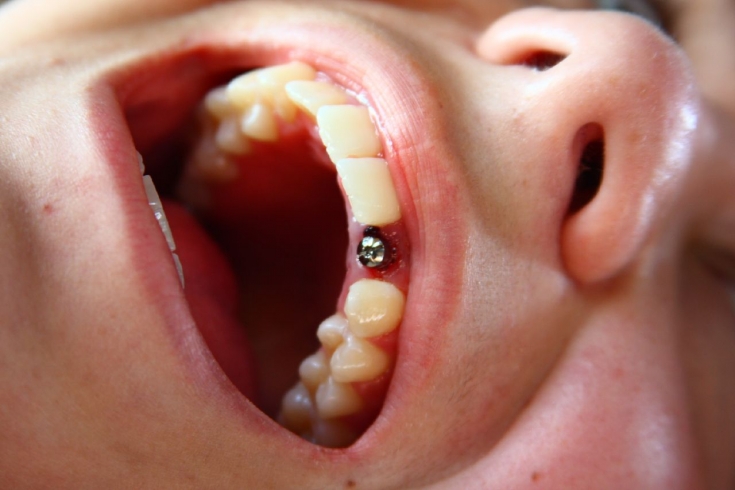Dental rehabilitation with dental implants is becoming an increasingly common treatment. One of its important advantages – predictability of results in the restoration of defects in the dentition. According to estet-portal.com, in order to minimize the risks of possible complications after dental implantation, the doctor must take into account many factors that can affect the intervention procedure both during the operation and in the postoperative period, and also take measures to prevent risks.
Proper history taking will prevent many complications after dental implantation
A very common mistake made by dentists, due to which complications occur after dental implantation – insufficiently detailed questioning of the patient about what concomitant diseases he suffers from and what drugs he takes. As a rule, dental implants are placed on elderly people who, due to their age, are forced to take certain medications.
Some pharmaceuticals can significantly increase the risk of possible complications after dental implants – these are anticoagulants, immunosuppressants, bisphosphonates.
One of the groups of drugs that carry risks – anticoagulants. Older patients often take aspirin, warfarin, clopidogrel, and other similar drugs on an ongoing basis. The danger of taking them is a violation of blood clotting. To minimize the risk of severe postoperative bleeding, you should, if possible, stop taking such drugs for a certain time before surgery. It is also advisable for those taking bisphosphonates to do so.
Surgical intervention is allowed for diabetic patients when the glycosylated hemoglobin level is not higher than 7%. If, after the operation, such a patient has weakness, inappropriate behavior, disorientation, this may indicate hypoglycemia. The patient should be immediately provided with glucose and accompanied to the attending physician.
Hypertensive patients are only eligible for dental implants when their blood pressure readings are 120/80 or close to those values. In case of elevated values, the operation should be postponed.

Adequate assessment of the intervention area will prevent complications after dental implantation
After taking an anamnesis at the stage of preparation for implantation, the doctor should use computer diagnostics to assess the area of surgical intervention in terms of the future prosthetic bed.
Using computed tomography, the doctor determines bone density, the location of nerve endings and other important anatomical structures.
It is important to adequately assess the features of bone tissue morphology, the location of the mental and inferior alveolar nerves, and the incisive canal.
Modern computer systems make it possible to achieve a complete graphical simulation of implant placement. At the same time, it is easier for the doctor to predict probable future complications that may occur during or after the operation.
Axial CT sections enable the dentist to select an implant of the desired shape, length, and diameter. If there are bone defects, advance computer diagnostics makes it possible to plan the order of augmentation procedures, after which it will be possible to proceed to the installation of titanium infrastructures.
Possible surgical complications after dental implantation
Bleeding, disturbance of neurosensory sensitivity and inadequate position of the delivered implant are considered surgical complications.
• Bleeding. A sterile gauze moistened with a hemostatic solution is applied under pressure to the area of damage to the vessels, and then the bleeding site is clamped with clean sterile gauze for 1-3 minutes. Laser and electrocoagulants can be used.
• Neurosensory impairment. If symptoms persist within 24 hours, the implant is removed immediately. Another option – try to stabilize the condition by taking cortisone-based drugs.
• Wrong implant position. If an inadequate installation of the implant is detected during the manipulation, it is advisable to unscrew it and install it again in the correct position. The use of guide templates can help to avoid incorrect installation. If, due to the anatomical features of the bone ridge, the implant is not installed in the desired position, an augmentation procedure is performed. It will help create more suitable conditions for re-manipulation.
Thus, understanding the causes of possible complications after dental implantation will help the doctor take measures to actively prevent possible risks and minimize the likelihood of their occurrence during and after dental implantation.
Read also: Peculiarities of gangrenous pulpitis treatment and dental implantation









Add a comment